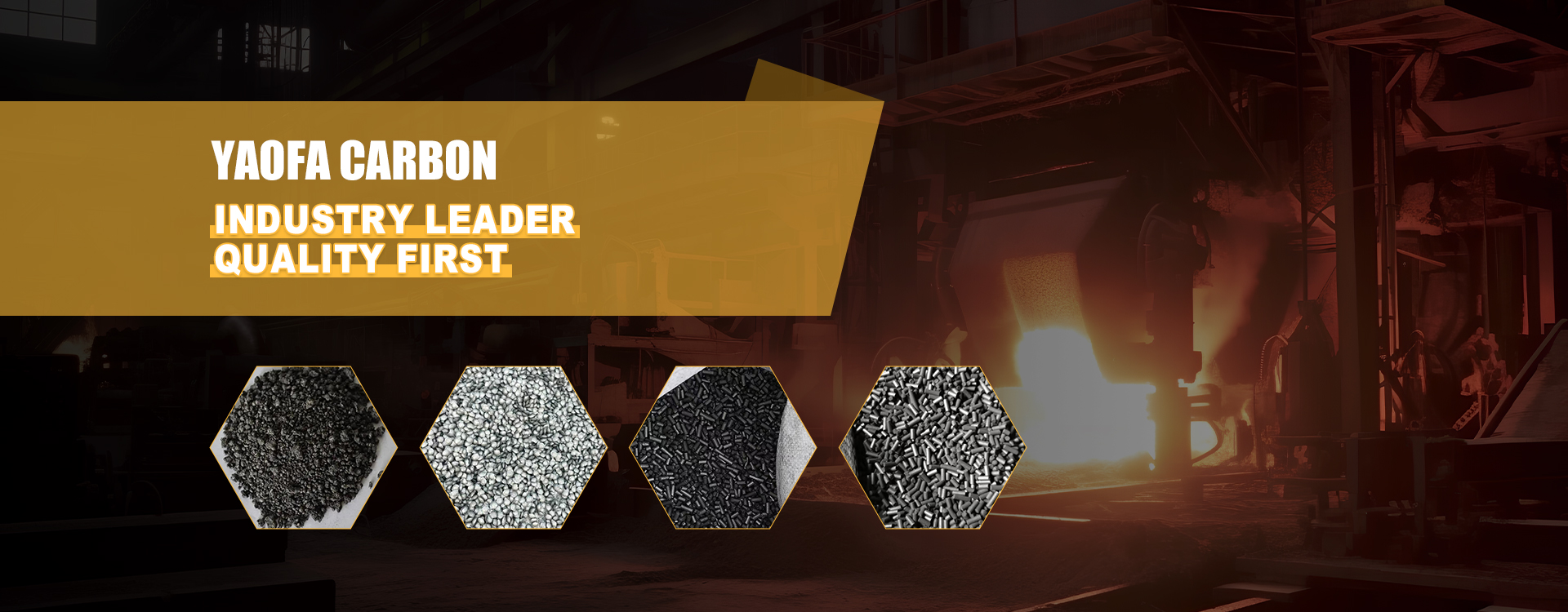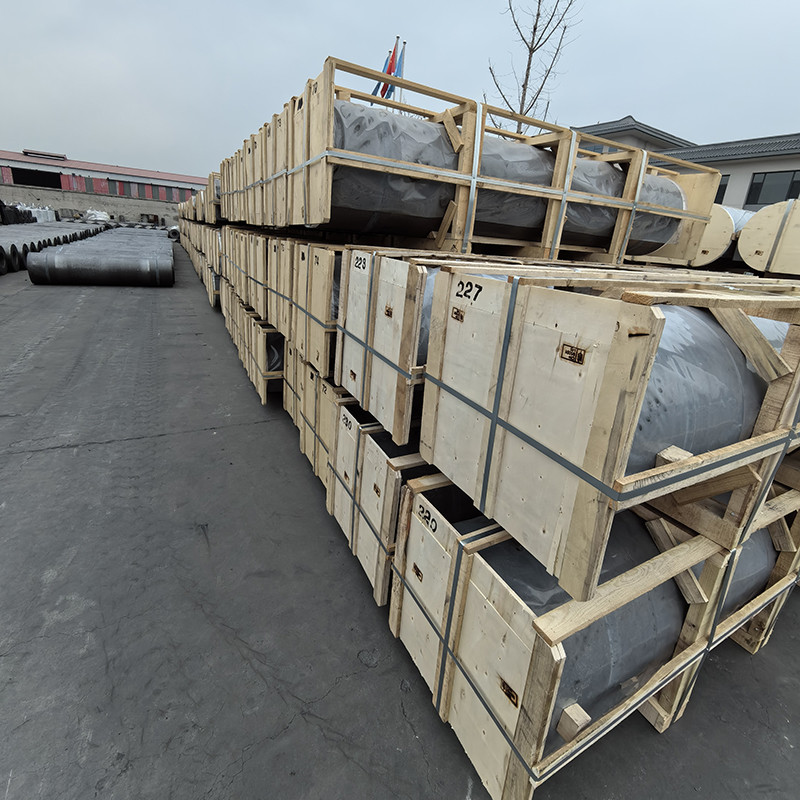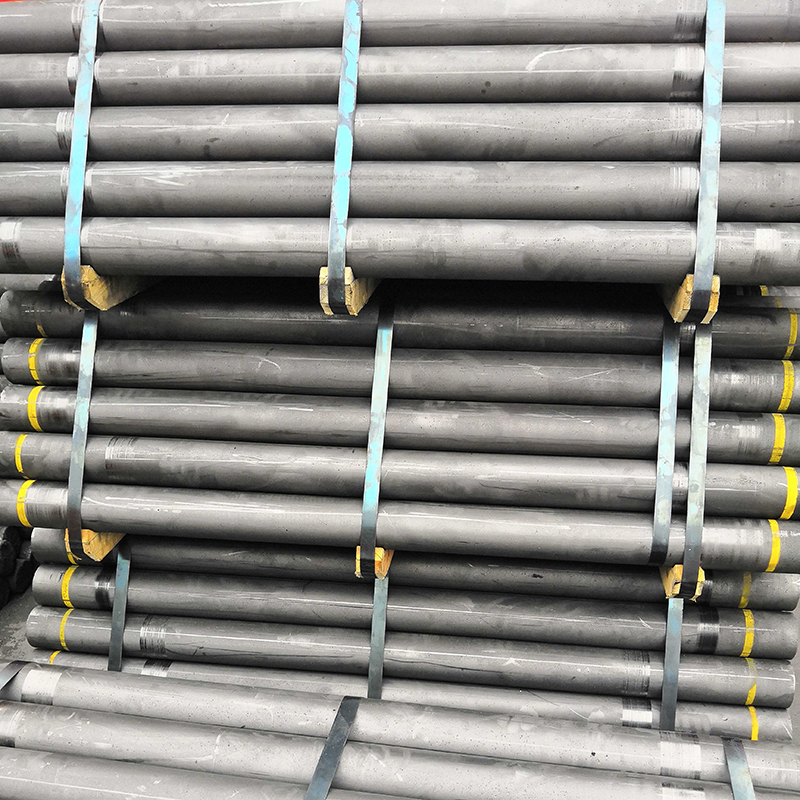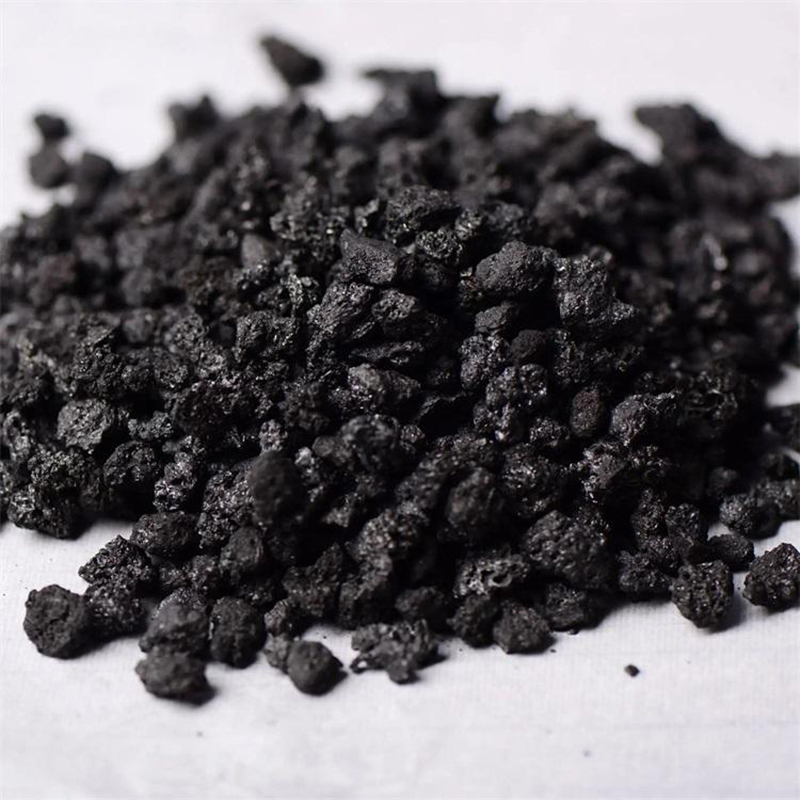- Chinese
- French
- German
- Portuguese
- Spanish
- Russian
- Japanese
- Korean
- Arabic
- Irish
- Greek
- Turkish
- Italian
- Danish
- Romanian
- Indonesian
- Czech
- Afrikaans
- Swedish
- Polish
- Basque
- Catalan
- Esperanto
- Hindi
- Lao
- Albanian
- Amharic
- Armenian
- Azerbaijani
- Belarusian
- Bengali
- Bosnian
- Bulgarian
- Cebuano
- Chichewa
- Corsican
- Croatian
- Dutch
- Estonian
- Filipino
- Finnish
- Frisian
- Galician
- Georgian
- Gujarati
- Haitian
- Hausa
- Hawaiian
- Hebrew
- Hmong
- Hungarian
- Icelandic
- Igbo
- Javanese
- Kannada
- Kazakh
- Khmer
- Kurdish
- Kyrgyz
- Latin
- Latvian
- Lithuanian
- Luxembou..
- Macedonian
- Malagasy
- Malay
- Malayalam
- Maltese
- Maori
- Marathi
- Mongolian
- Burmese
- Nepali
- Norwegian
- Pashto
- Persian
- Punjabi
- Serbian
- Sesotho
- Sinhala
- Slovak
- Slovenian
- Somali
- Samoan
- Scots Gaelic
- Shona
- Sindhi
- Sundanese
- Swahili
- Tajik
- Tamil
- Telugu
- Thai
- Ukrainian
- Urdu
- Uzbek
- Vietnamese
- Welsh
- Xhosa
- Yiddish
- Yoruba
- Zulu
- Kinyarwanda
- Tatar
- Oriya
- Turkmen
- Uyghur

ucar graphite electrodes
Understanding UCAR Graphite Electrodes
UCAR graphite electrodes may sound like a niche topic, but they're critical in industries like steelmaking. These electrodes form the backbone of electric arc furnaces, a pivotal method in modern steel production. But what exactly are they, and why do they matter so much? Let's delve into this fascinating subject with insights from the field, unveiling some common misunderstandings and sharing real-world experiences.
What Are UCAR Graphite Electrodes?
First off, let's clarify what we mean by UCAR graphite electrodes. They're essentially highly durable, conductive rods used in electric arc furnaces to melt scrap metal. The term UCAR is often used as a brand reference, but over time, it has become synonymous with quality electrodes in general. I've seen folks often confuse them with similar sounding products, but these are specifically engineered to withstand intense heat and electrical currents.
The importance of these electrodes cannot be overstated. They enable the furnace to reach temperatures upwards of 3,000°C. This is no small feat and requires a material that can handle such conditions safely. Working in this sector, I’ve had numerous occasions to witness these electrodes in action, and their performance under duress is quite remarkable.
When discussing UCAR graphite electrodes, we also can't ignore the role of major manufacturers like Hebei Yaofa Carbon Co., Ltd., one of China's giants with over two decades in the field. Their production extends from carbon additives to a variety of electrode grades, ensuring a global supply for various industrial needs.
Challenges in Graphite Electrode Production
One might assume that manufacturing these electrodes is straightforward, but that's far from reality. The process involves precise material selection and strict quality control measures. It's fascinating to see how even minor variations in raw material properties can affect the final product's performance. From my experience, maintaining uniformity in production is a continual challenge.
Take, for instance, the creation of ultra-high power (UHP) electrodes. These are designed for furnaces that demand the highest power levels. The secret sauce here lies in the rigorous processing stages, including multiple graphitization processes that enhance conductivity and crack resistance. Missing a step or rushing can lead to significant setbacks.
Even with skilled teams and top-notch facilities, surprises pop up. I recall a scenario where a batch didn't meet the desired specifications, leading to a costly halt in production. Situations like these underline the importance of constant innovation and problem-solving in this industry.
Applications and Innovations
Beyond metal smelting, UCAR graphite electrodes have widespread applications in fields such as silicon and phosphorous production. Their ability to handle different electrical loads with efficiency makes them versatile. However, they're not just about raw performance. Sustainability is becoming a key factor in production as well.
Companies are exploring ways to lower the environmental footprint of graphite electrode production. This involves rethinking material sourcing and energy usage during manufacturing. In my discussions with Hebei Yaofa Carbon Co., Ltd., it's clear that they are keenly aware of this shift and are actively engaging in sustainable practices.
Furthermore, digital advancements are beginning to enter the fray. The industry's embracing of IoT solutions promises smarter monitoring of electrode performance and more precise adjustments in production processes. I've witnessed this tech-creep firsthand, sometimes not quickly enough for those keen on innovation.
The Future of Graphite Electrodes
The road ahead for graphite electrodes is shaped by both demand pressures and environmental concerns. As industries shift towards green practices, graphite electrodes will need to evolve. The good news is that tech and practices are starting to align with these needs. Companies like Hebei Yaofa Carbon Co., Ltd. are at the forefront, providing solutions that are both effective and responsible.
Having seen the trials and successes of this field, I remain optimistic about its potential. The blend of tradition and technology creates a promising landscape for future innovations. As a sector continually defined by intricate details, it’s these nuances that keep the work both challenging and rewarding.
As this exciting journey unfolds, I'll continue observing, learning, and adapting. The market's always changing, and so is the role of UCAR graphite electrodes. In essence, it's a field where curiosity never ceases and where every day offers a new opportunity to turn challenges into possibilities.
Conclusion: Walking the Line Between Tradition and Innovation
In sum, understanding the role and intricacies of UCAR graphite electrodes provides a clear view of a vital industry's present and future trajectories. Whether you're within the field or an outside observer, there's no denying the impact and importance of these solid yet complex tools of modern industry.
The journey through electrodes touches upon traditions, scientific precision, and the need for relentless innovation. It’s not just about making a product; it’s about crafting an essential component that drives multiple industries forward. As companies like Hebei Yaofa Carbon Co., Ltd. continue to innovate, they offer a window into the potential that lies ahead in this fascinating field.
Related products
Related products













